Filter data
|
ID |
Nickname |
Country / City |
Languages |
Taxonomies |
Comment |
Project / Group |
Map |
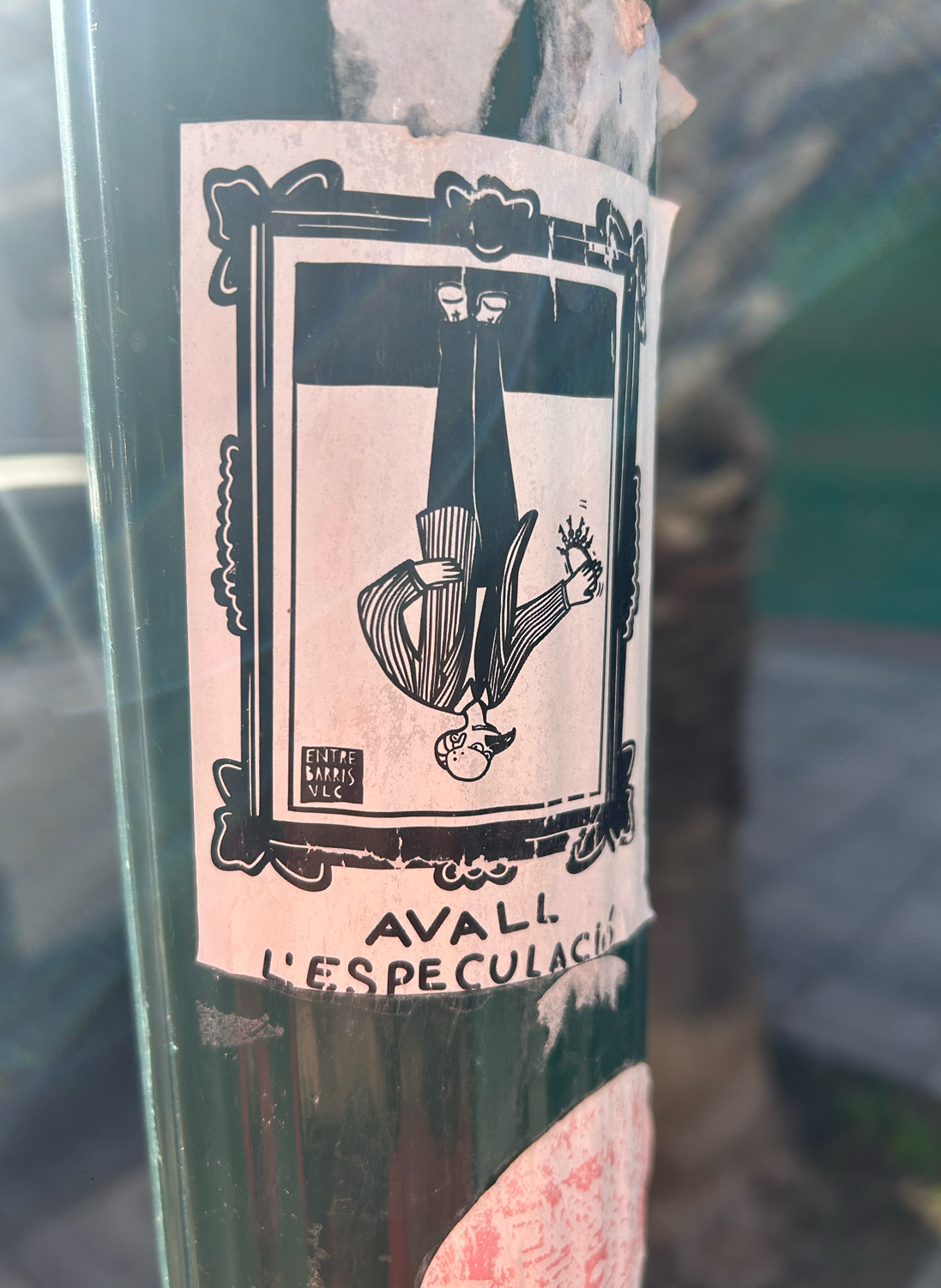
|
147291
|
alex_analyzing stickers_unibe
|
Spain
València
|
|
|
—
|
Valencia
|
|
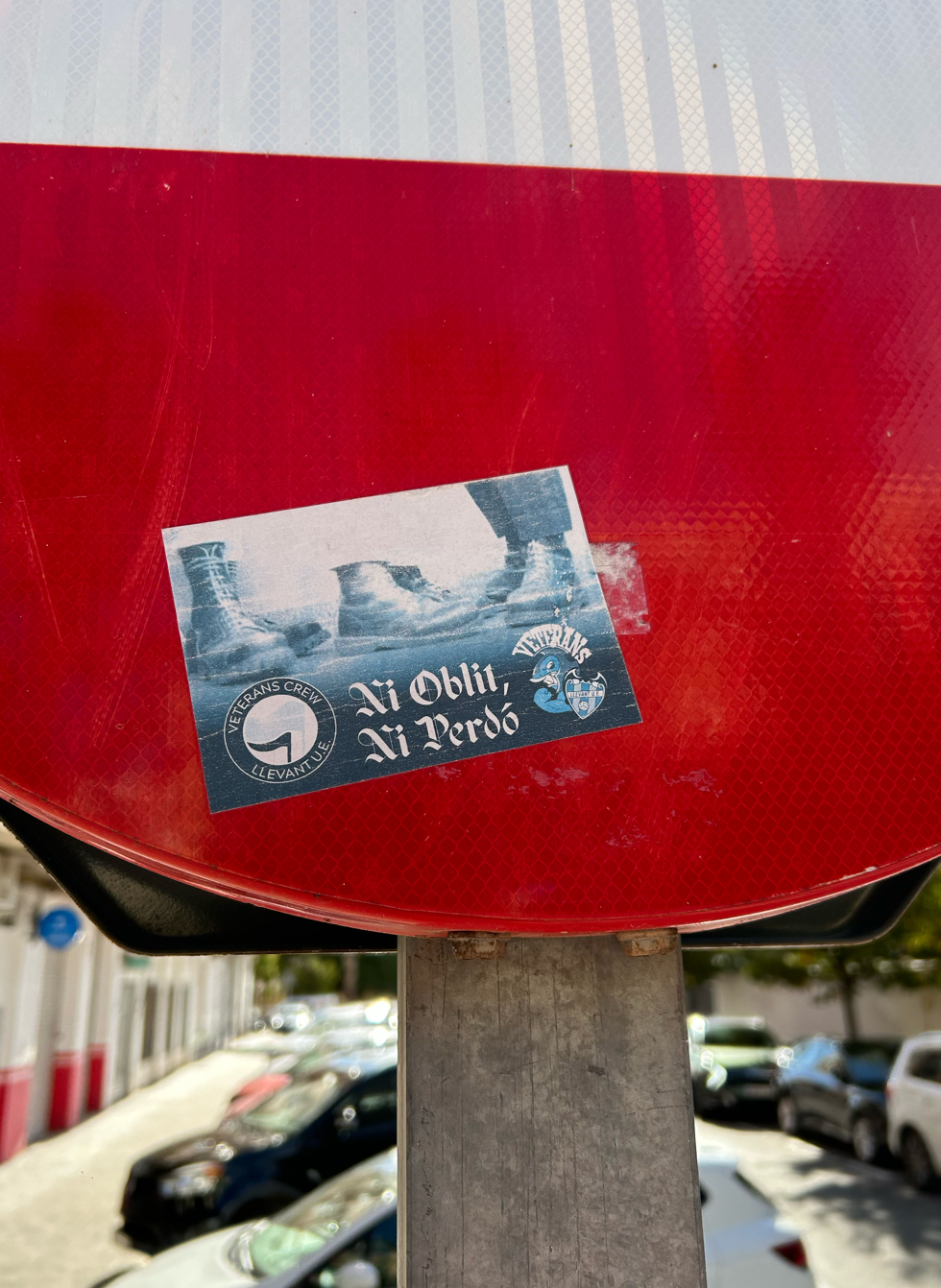
|
147290
|
alex_analyzing stickers_unibe
|
Spain
València
|
|
|
—
|
Valencia
|
|
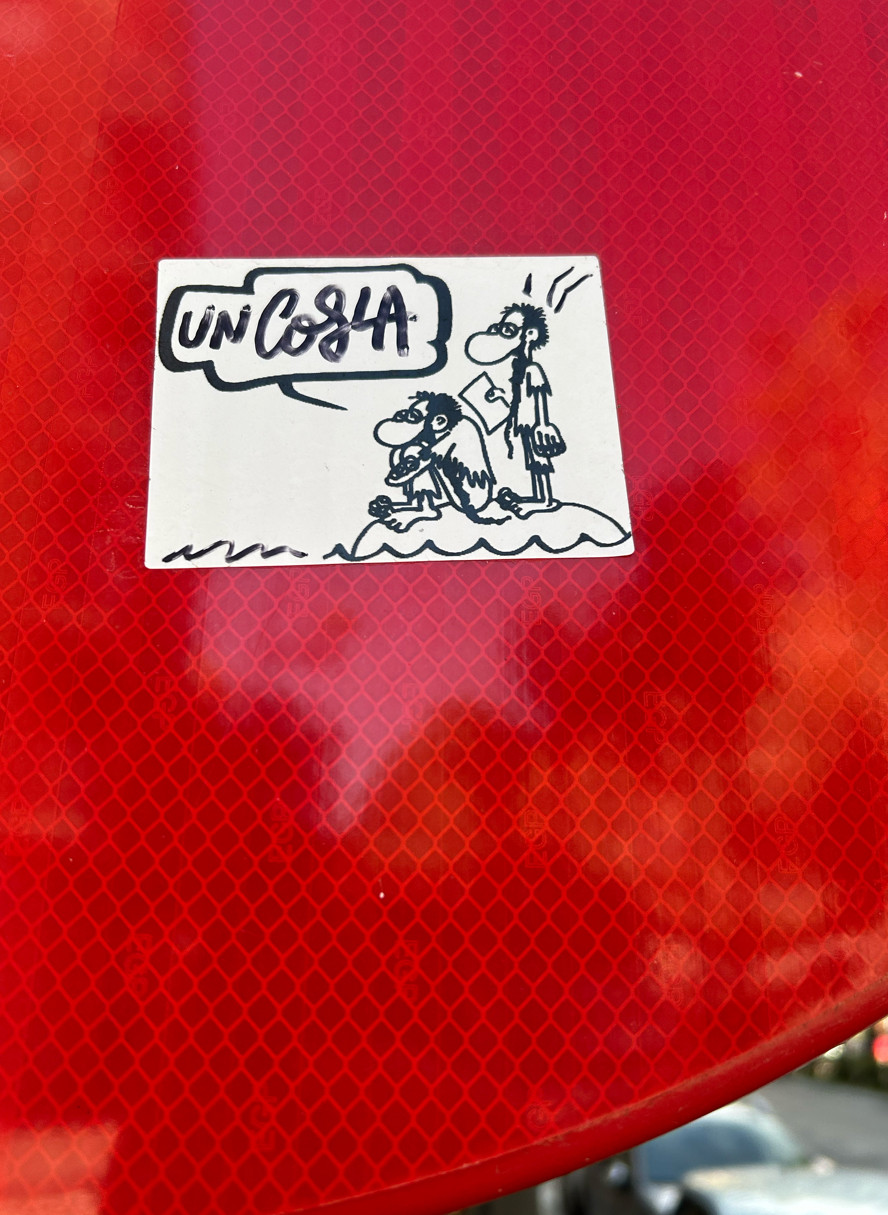
|
147289
|
alex_analyzing stickers_unibe
|
Spain
València
|
|
|
—
|
Valencia
|
|
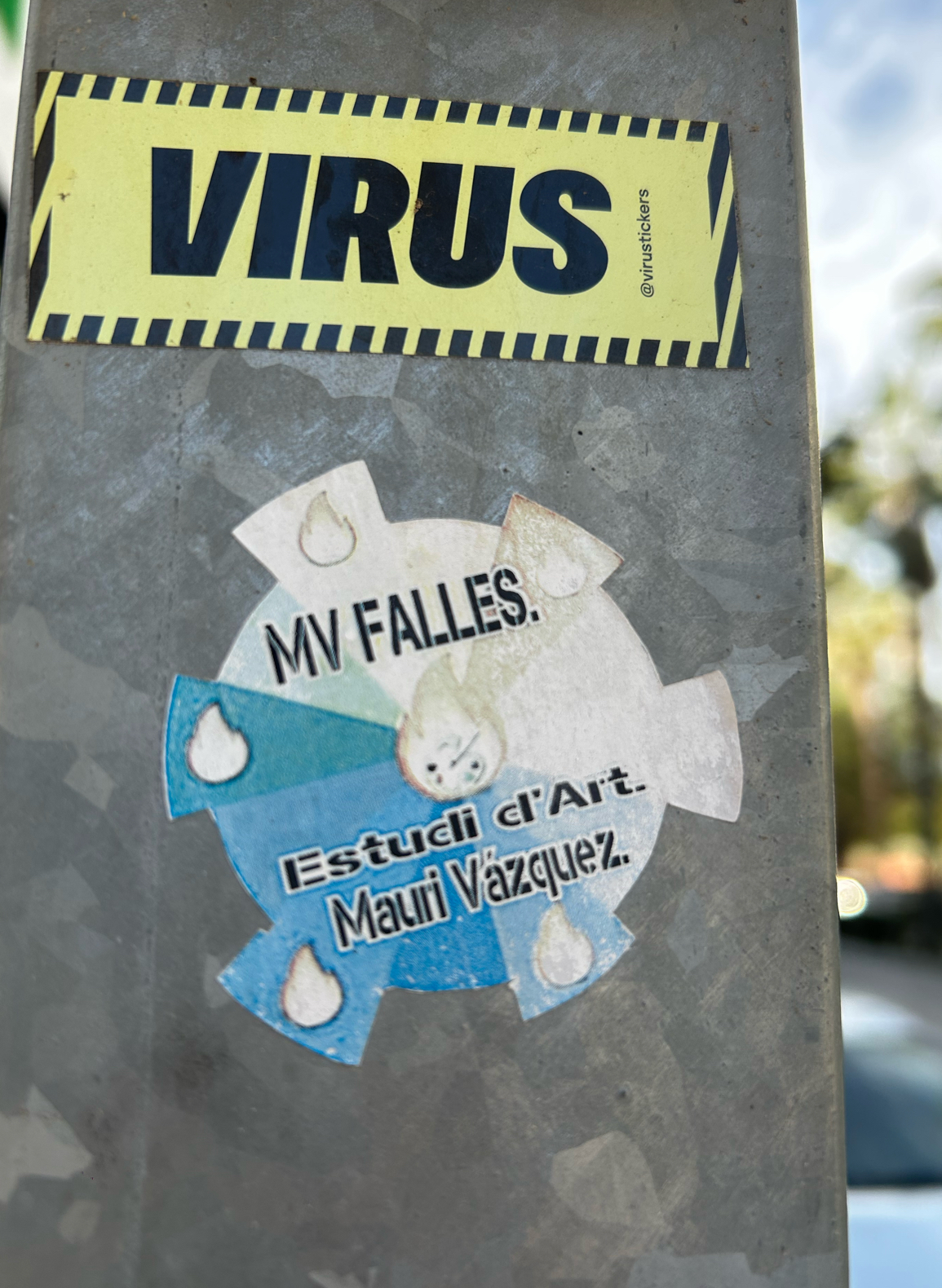
|
147288
|
alex_analyzing stickers_unibe
|
Spain
València
|
|
|
—
|
Valencia
|
|
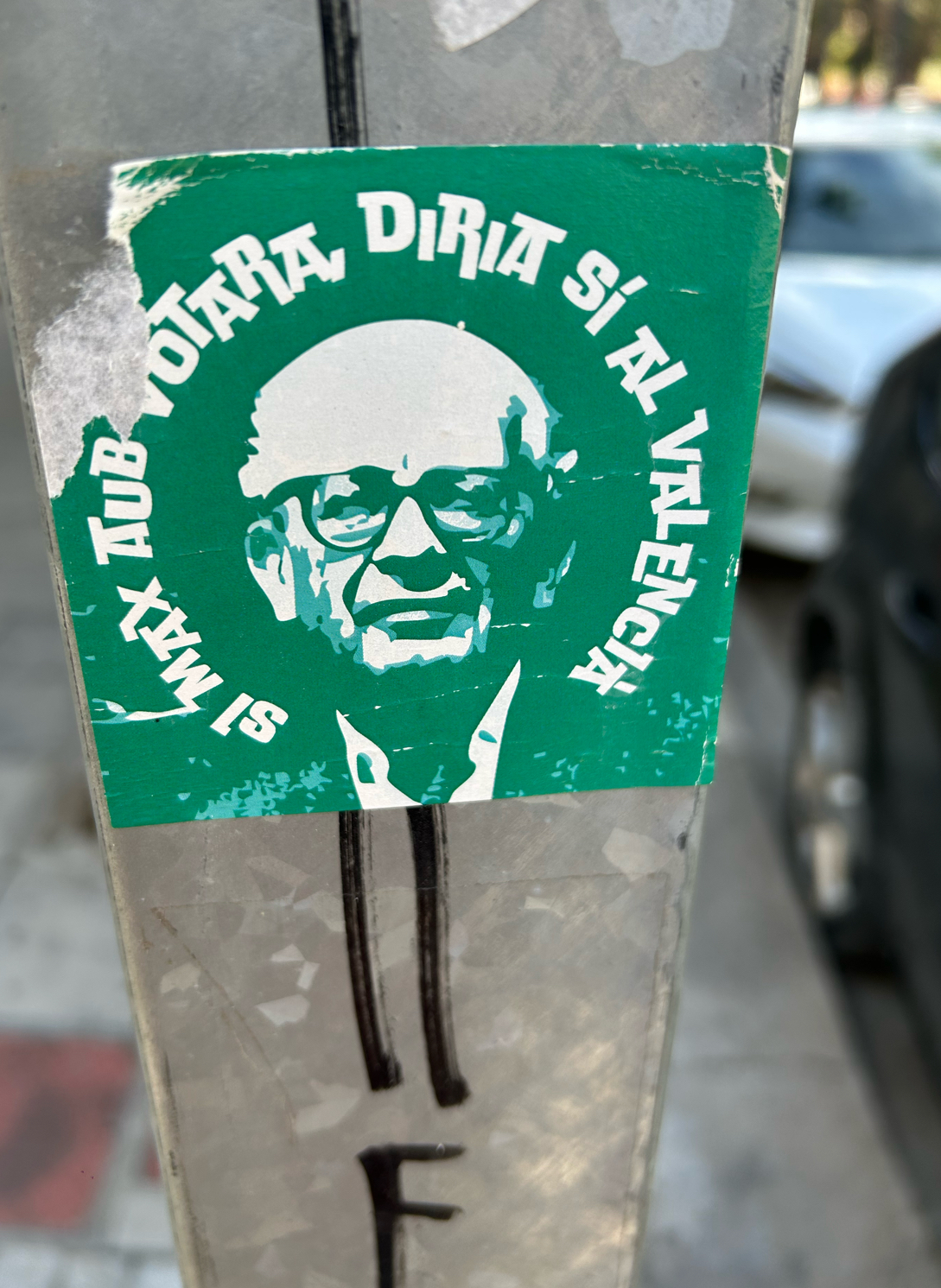
|
147287
|
alex_analyzing stickers_unibe
|
Spain
València
|
|
|
—
|
Valencia
|
|
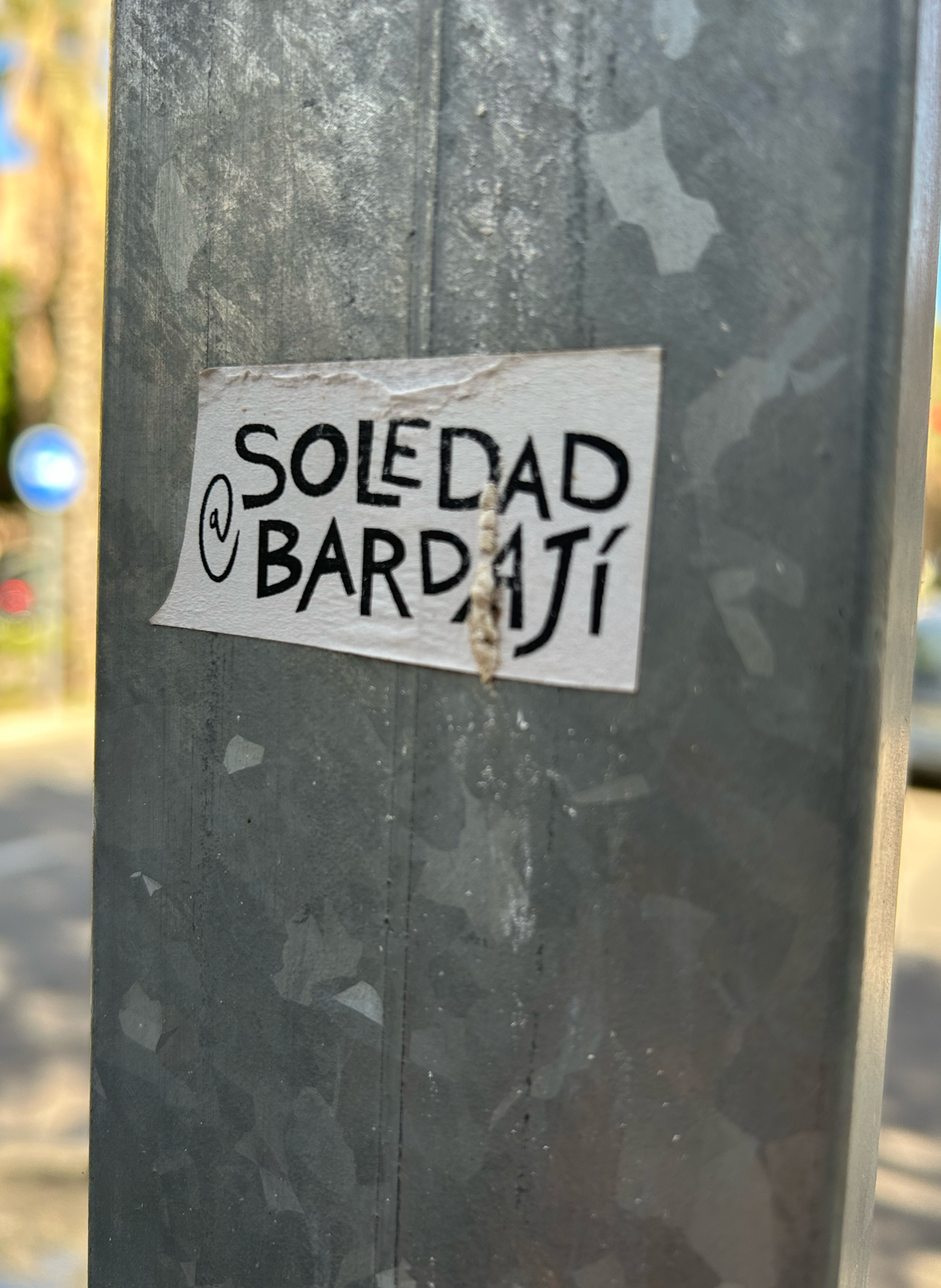
|
147286
|
alex_analyzing stickers_unibe
|
Spain
València
|
|
|
—
|
Valencia
|
|

|
147285
|
alex_analyzing stickers_unibe
|
Spain
València
|
|
|
—
|
Valencia
|
|
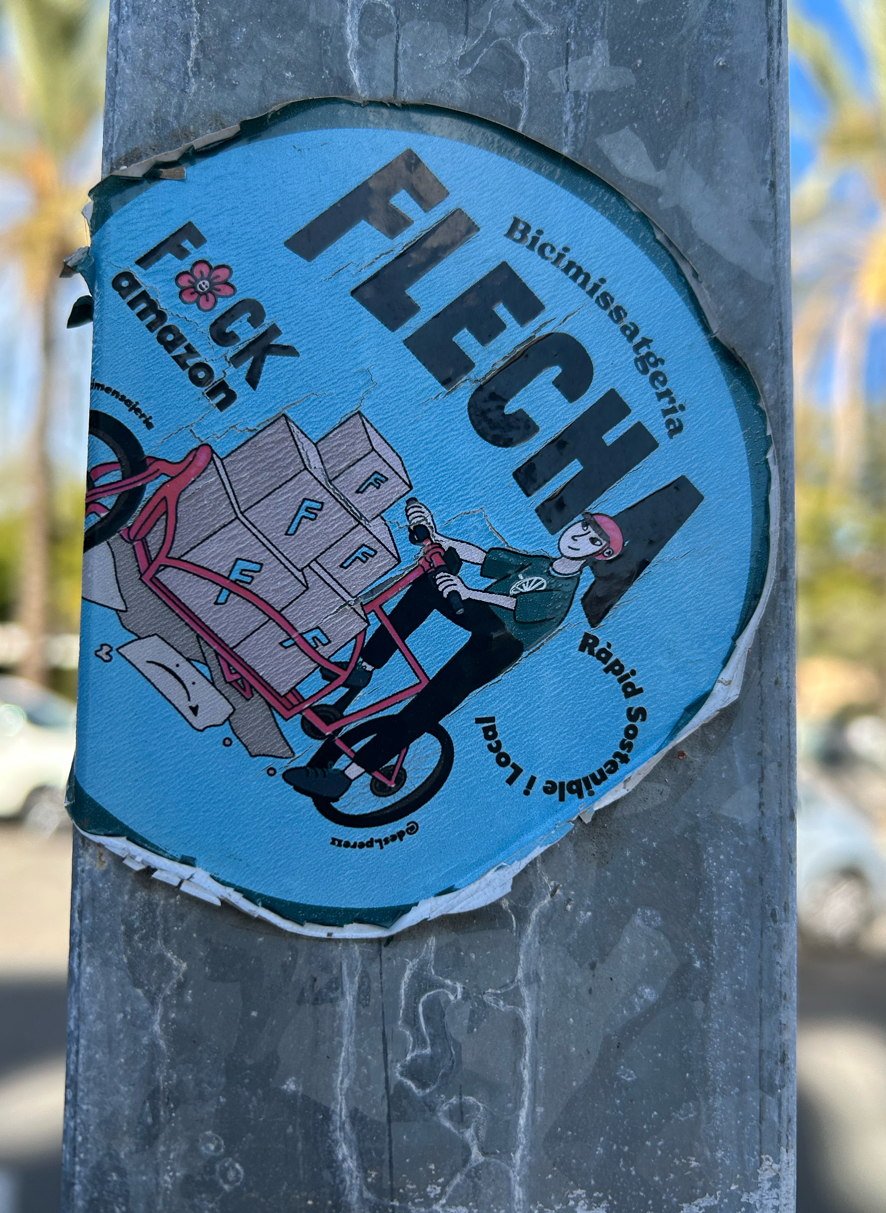
|
147284
|
alex_analyzing stickers_unibe
|
Spain
València
|
|
|
—
|
Valencia
|
|
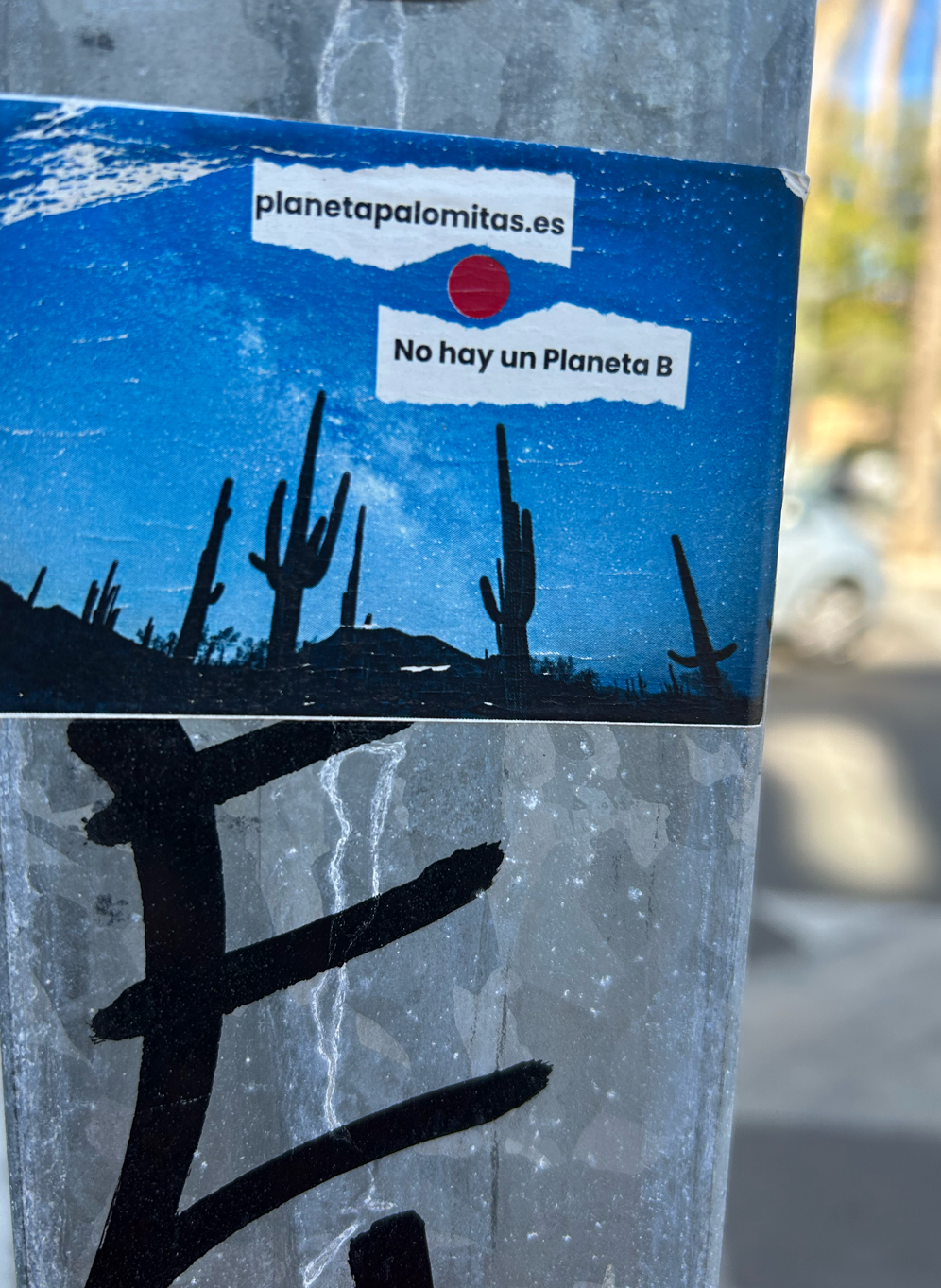
|
147283
|
alex_analyzing stickers_unibe
|
Spain
València
|
|
|
—
|
Valencia
|
|

|
147282
|
alex_analyzing stickers_unibe
|
Spain
València
|
|
|
—
|
Valencia
|
|
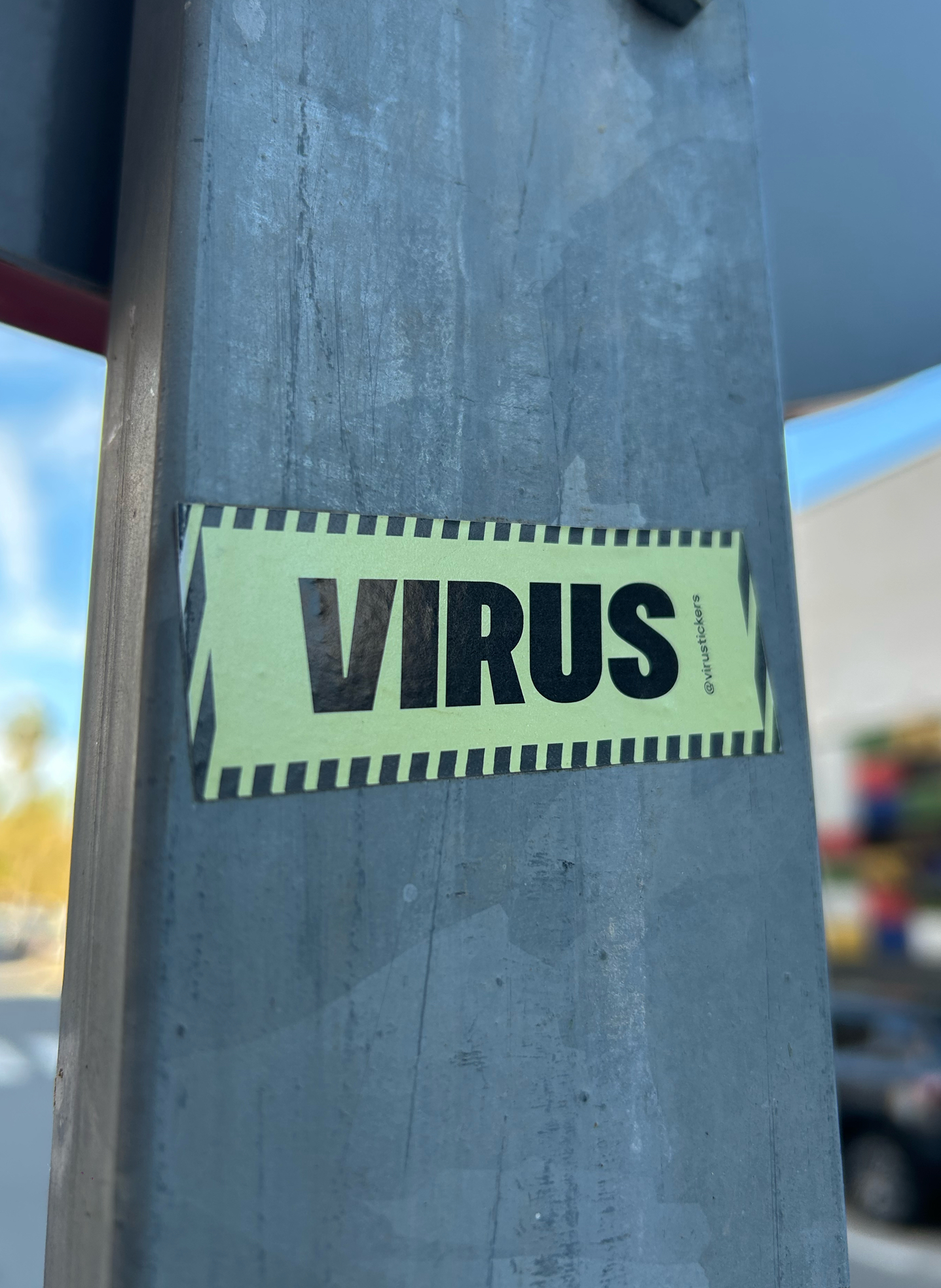
|
147281
|
alex_analyzing stickers_unibe
|
Spain
València
|
|
|
—
|
Valencia
|
|
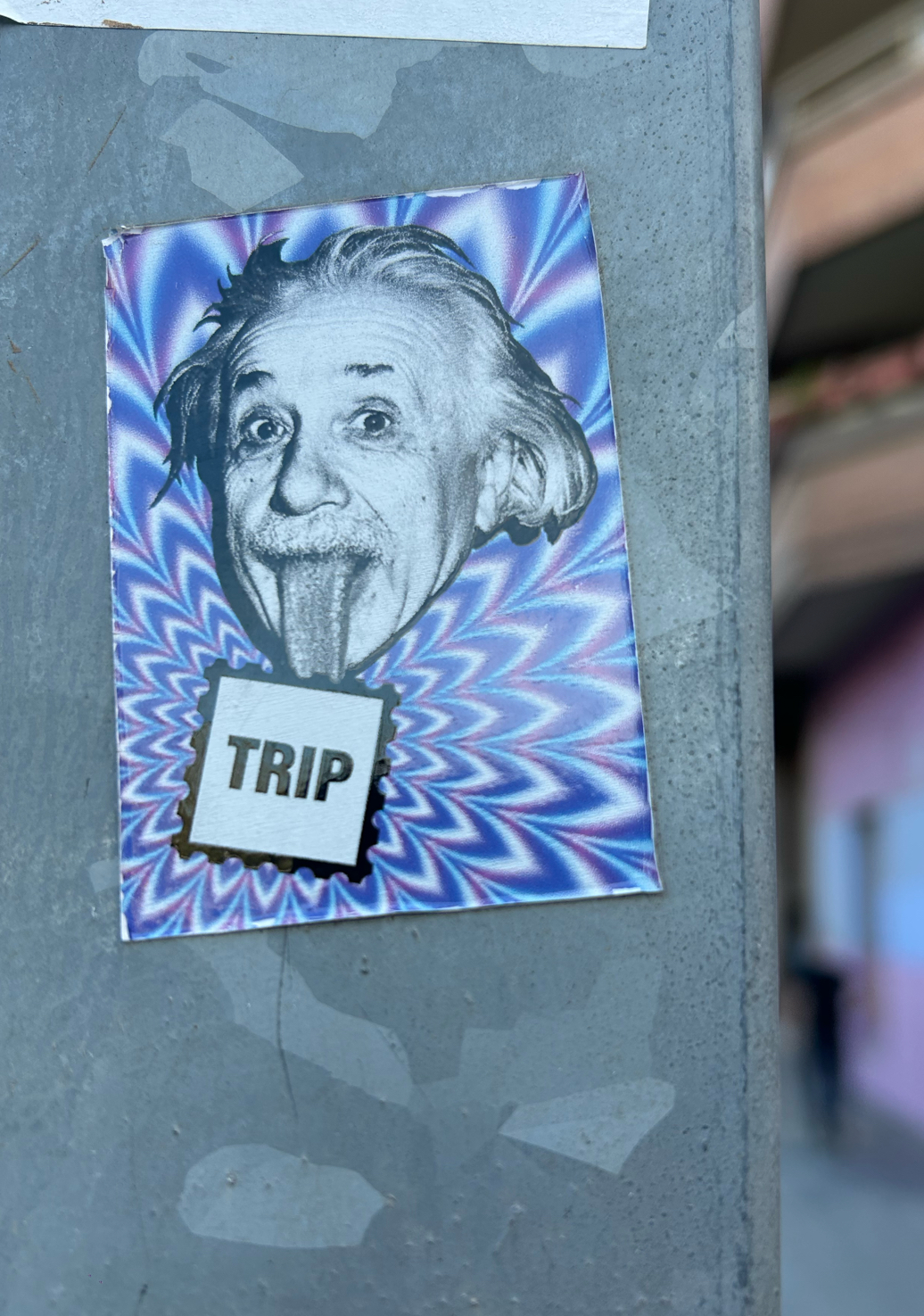
|
147280
|
alex_analyzing stickers_unibe
|
Spain
València
|
|
|
—
|
Valencia
|
|
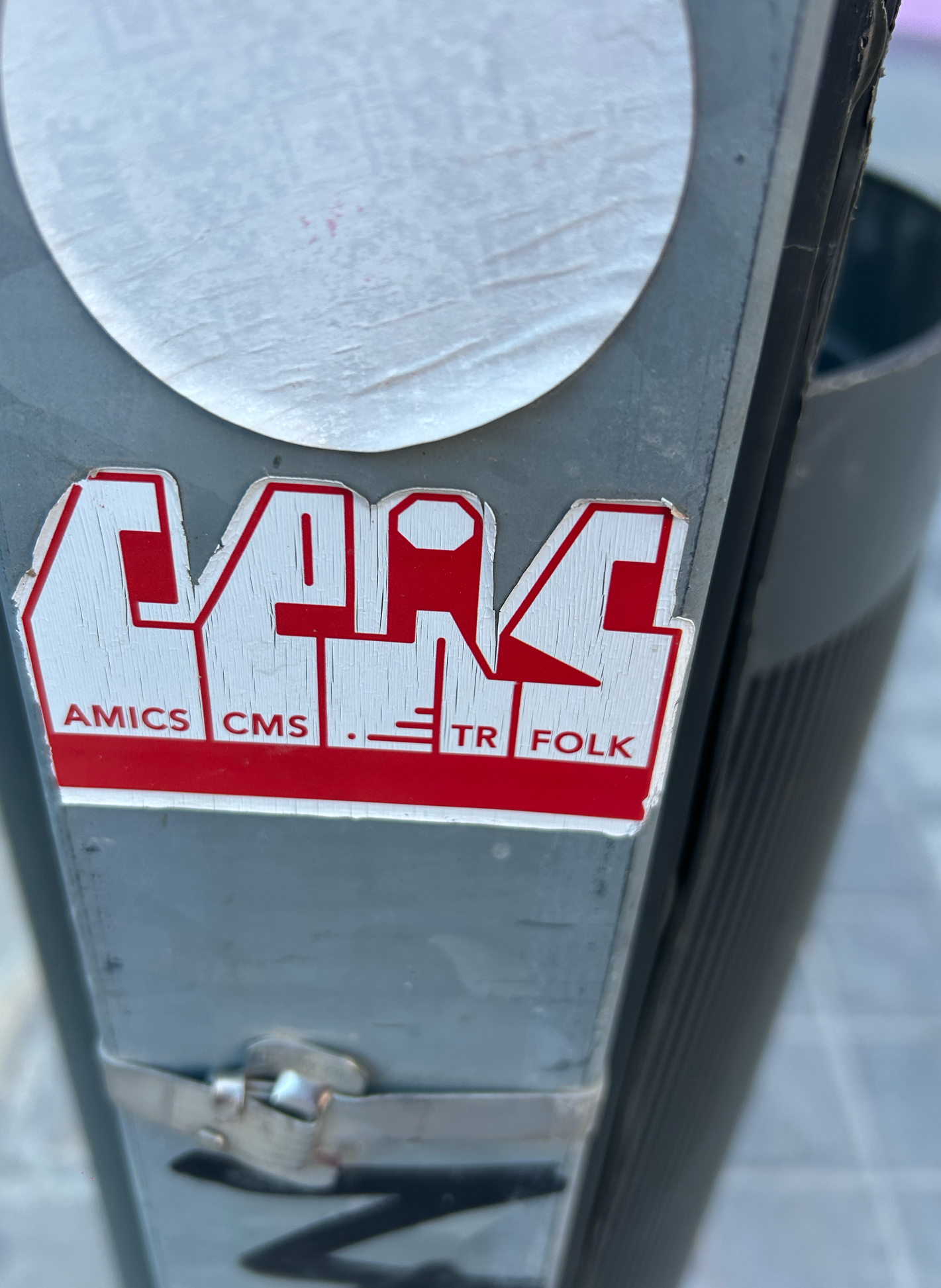
|
147279
|
alex_analyzing stickers_unibe
|
Spain
València
|
|
|
—
|
Valencia
|
|
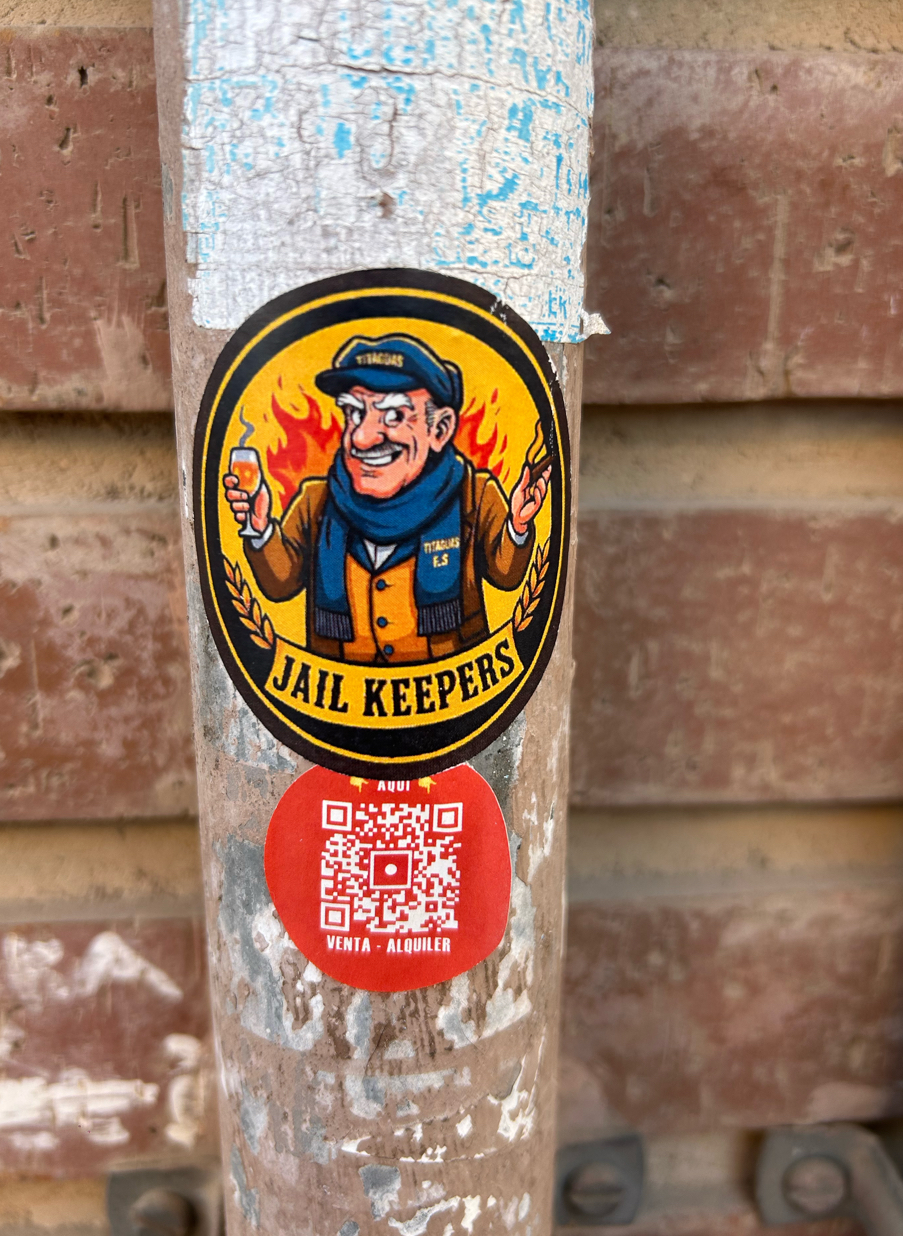
|
147278
|
alex_analyzing stickers_unibe
|
Spain
València
|
|
|
—
|
Valencia
|
|
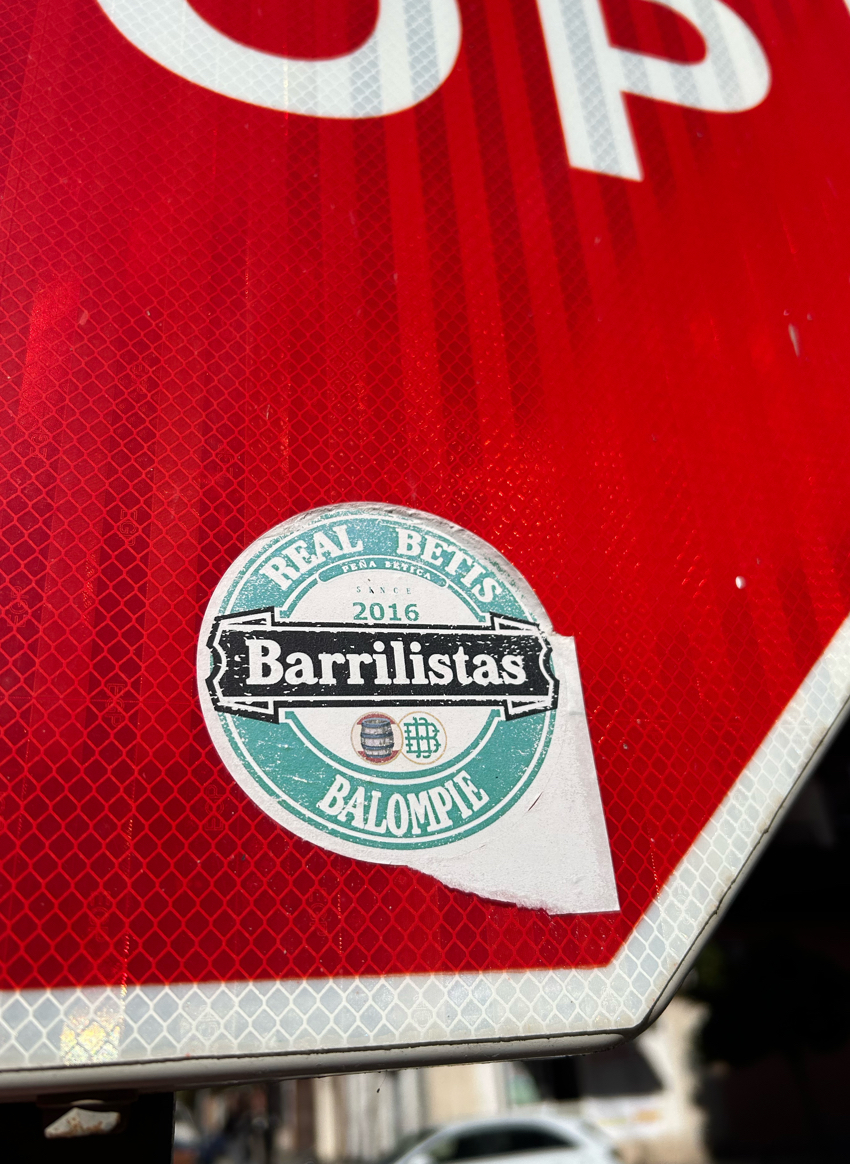
|
147277
|
alex_analyzing stickers_unibe
|
Spain
València
|
|
|
—
|
Valencia
|
|
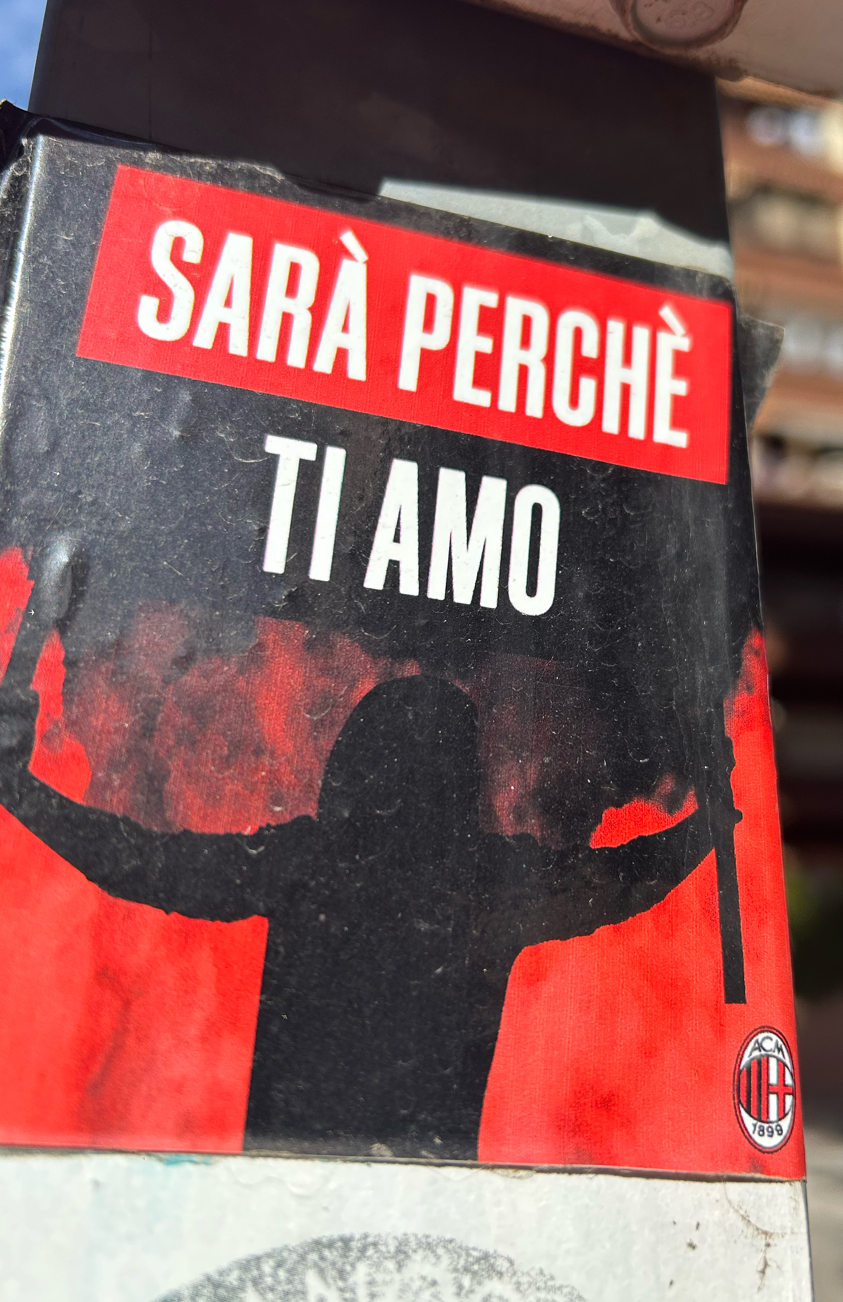
|
147276
|
alex_analyzing stickers_unibe
|
Spain
València
|
|
|
—
|
Valencia
|
|
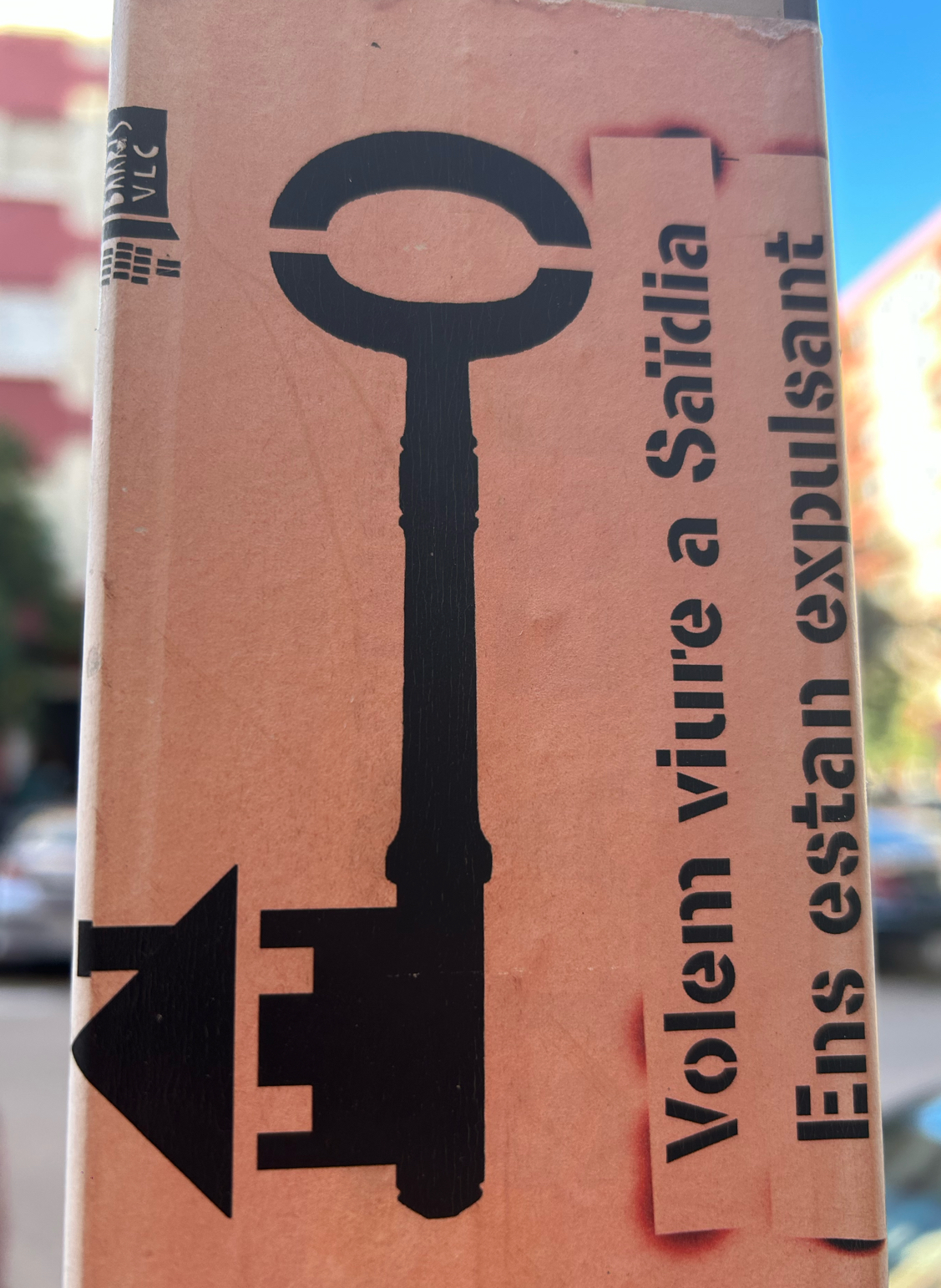
|
147275
|
alex_analyzing stickers_unibe
|
Spain
València
|
|
|
—
|
Valencia
|
|
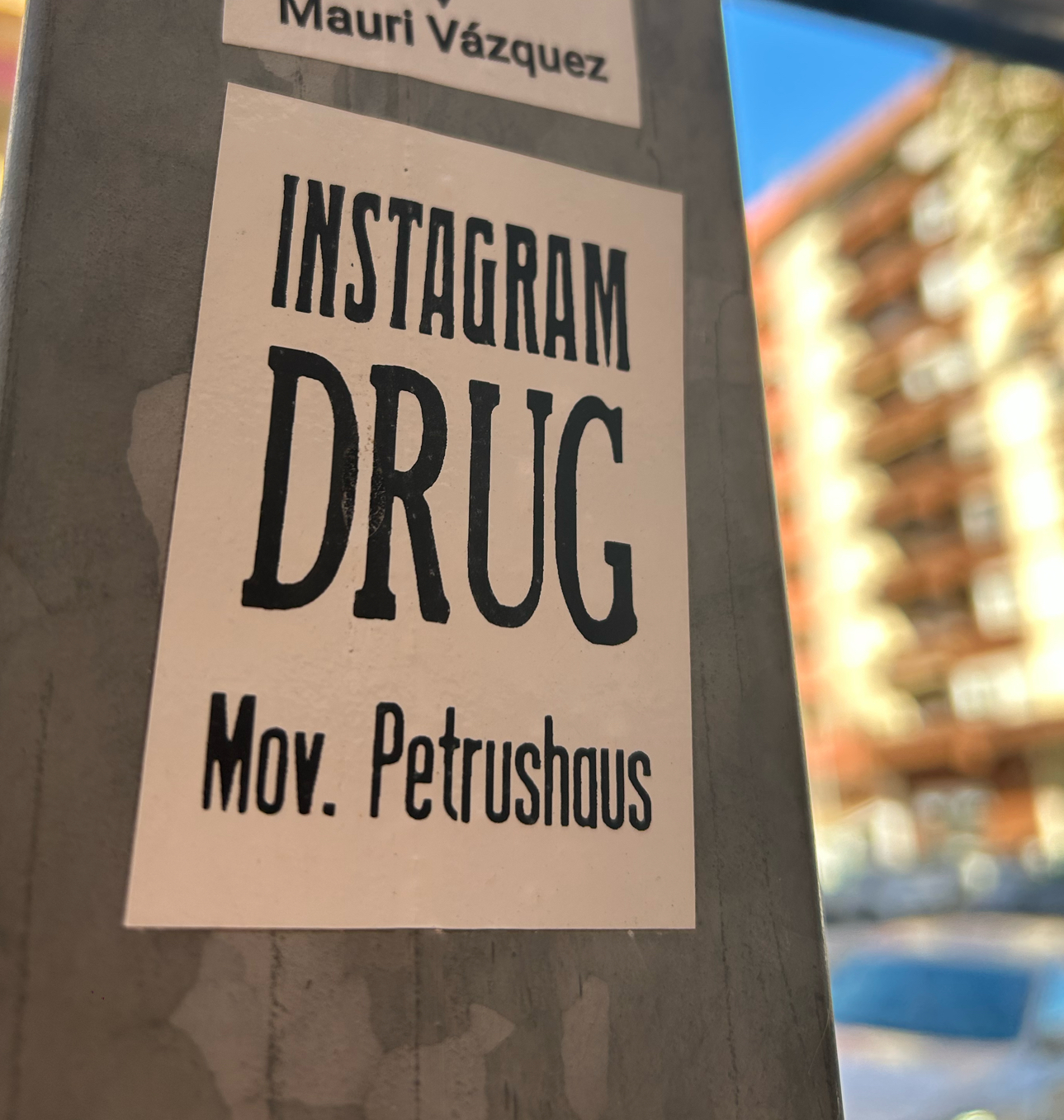
|
147274
|
alex_analyzing stickers_unibe
|
Spain
València
|
|
|
—
|
Valencia
|
|

|
147273
|
alex_analyzing stickers_unibe
|
Spain
València
|
|
|
—
|
Valencia
|
|

|
147272
|
alex_analyzing stickers_unibe
|
Spain
València
|
|
|
—
|
Valencia
|
|